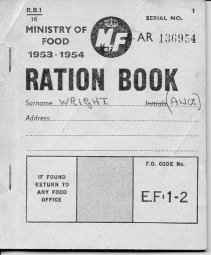|
National Emergency During the depths of the Depression, 1933, Franklin D. Roosevelt declared a National Emergency under the Trading With the Enemy Act, which somehow remained in effect until 1977 when Congress came to its senses to revoke the Emergency. That said, other Emergencies declared since then have left America under a continuous declared state of national emergency for the last seventy years.
During the depths of the Depression, 1933, Franklin D. Roosevelt declared a National Emergency under the Trading With the Enemy Act, which somehow remained in effect until 1977 when Congress came to its senses to revoke the Emergency. That said, other Emergencies declared since then have left America under a continuous declared state of national emergency for the last seventy years.
What that means, essentially, is that the president is legally empowered at any given moment to suspend the Constitution, enforce martial law and inter of hundreds of thousands of U.S. citizens in detention camps without due process or criminal charge. Congress made a further attempt to end the Emergencies with the National Emergencies Act back in 1978. All Emergencies were to end on September 14, 1978. Eminently sensible; in that year our biggest problem was disco. What we have currently is a state of emergency inflation. Every little thing prompts a new Emergency, with all the unconstitutional powers ordinarily befitting a Major Emergency, allocated for Minor Emergencies. Bill Clinton declared no fewer than twelve National Emergencies. One of these was for Haiti. Yes, Haiti, an island of little strategic import to the United States. Somehow it was an emergency. Is this bad? A 1976 Senate report points out that there are no fewer than 470 extraordinary grants of power to the President, during times of Emergency. Some of them are alarming:
In Time of war or national emergency, the President may appoint any qualified person whether or not already a member of the armed forces to any officer grade in the Army, Navy, Air Force or Marines. [10 USC 603]In conjunction with: The President may suspend the operation of [laws] relating to the promotion, involuntary retirement, or separation of officers... [10 USC 644]He can stuff you into the military and not let you out. Now. Be afraid of what Congress has done. Be very afraid. |